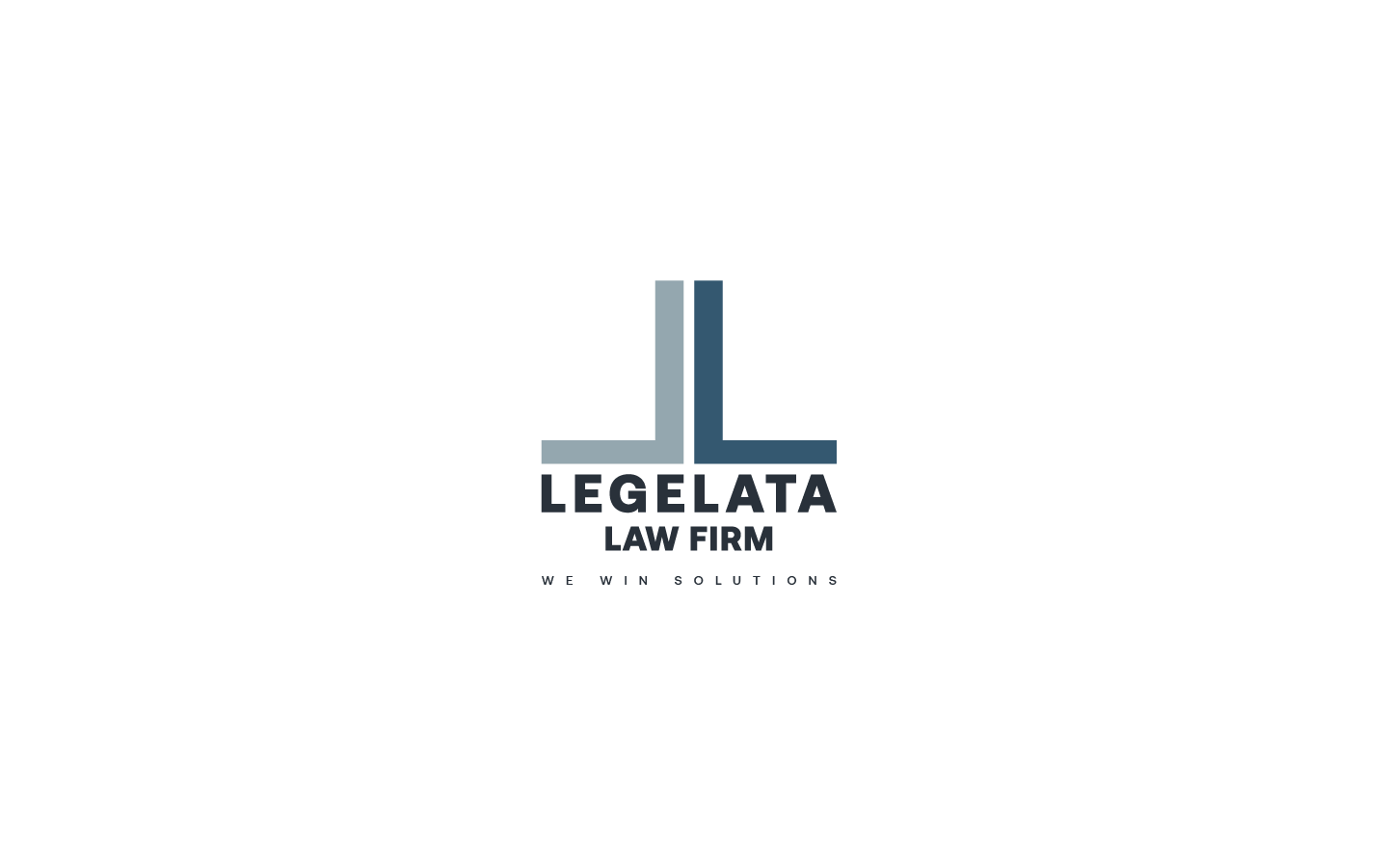i. Copyrightability of Works Produced by Artificial Intelligence.
The current technological development process has brought the World to the point where the governments and societies have to make far-reaching, feasible but quick decisions on whether the computer-based (i.e., AI) works shall be granted copyright protection or not. And the second question is if we do give protection, then how?
Currently, the primary approach to this question is that if a literary, dramatic, musical or artistic et al. work is computer-generated, the author is the person who undertakes the arrangements necessary for the creation of the work. This approach, however, is not tailored for the current technological developments. There is no legal constraint to grant copyright to the artificial intelligence generated works. However, there are currently two mainstream ways in which copyright is dealing with Works that lack human interaction, or it is minimal: a) denial of the copyright or b) attribution of authorship to the creator (or owner) of the program.
ii. The Approach in Different Legal Systems.
The law of the Republic of Armenia on Copyright and related rights considers that only the physical person may be recognized as an author of the work. (Article 6). From this perspective, the work created by the AI may be considered as a work for hire performed by the physical person who created the computer program or the owner of the computer system. However, as it was mentioned, only the physical person will be recognized as an author of the Work. From that perspective it is also yet arguable if the Work created by an AI itself is possible to attribute to somebody or only the AI will be copyrighted to the creator of the computer program.
In European Union (EU) , United States of America and Australia the generalised approach is that only original works are copyrightable, and originality must reflect “author’s own intellectual creation” which usually means only a human being can be considered as an author. Said that it is undoubted that only human being’s creations would be registered as an original work of authorship as creations of mind.
A different approach has been implemented by countries as Hong Kong (SAR), India, Ireland, New Zealand and the UK. All these countries have the position that in case of computer-generated works the copyright shall be granted to the person (usually programmer or the owner of the computer system) who makes the necessary arrangements for the creation of the work. Applicability of the justifications to the AI generated works.
iii. Applicability of the justifications to the AI generated works
If the presumption is that the copyright shall be granted and it shall be granted to the owner of the computer system, then one can always rely on these justifications to claim the copyright protection. The “Law and Economics” justification may (is preferred to) be used by the owner or user of the AI system as the owner is the person who (at least as of today) directly or indirectly requests AI to perform a specific task. This view will probably comply with the Arthur R. Miller's opinion that "[B]ehind every robot there is a good person.”
In our opinion, AI systems should be considered as an employee (or contractors) that provide services or work for legal entities or humans who operate (own) them.
This model is similar to the approach of an "employee creator" under the notion of Work made for hire (WMFH) – i.e., an employee or service provider who creates new works in the scope of their employment.
The WMFH doctrine gives employers, or individual commissioning the work, the copyright in works of authorship created by the employees or contractors. According to this doctrine, the result (tangible or intangible) of employee's work made within the course of employment. The term "course of employment" has been interpreted by the courts of different jurisdictions in a number of cases, however, this question is a separate topic for discussions and arguments.
If the development will have such an outcome, and with the presumption that the legislation does not change, the existence of copyright will not be justified either (1) from the human-rights justification prospective - the AI itself will not be considered as human being or an equal, (2) or from the utilitarian perspective – as the AI does (and most probably will) not need an incentive to generate works, (3) and not even the Law & Economics justification – as the works created by the possibly fully independent AI will not be granted copyright protection, the free-riding argumentation will not stand.
I. Conclusion
The technical development that we are facing nowadays demands us to continually rethink and reshape the legislation, in general, to be able to cover traditionally regulated fields of society. This is also true for the Intellectual Property Rights (IPRs), and particularly for the Copyright law. As the computer programs have always been considered as only tools for the creation of works by a human being, legislators have never considered the probability that the program will be able to rewrite, amend or develop itself without human interference. However, we are facing a reality where artificial intelligence creates works that are comparable to those which any other human author would or could do. For example, IBM’s “Watson Beats” in music creation, IBM's “Deep Blue” in chess, AI poker bots “Pluribus” and “DeepStack” and many others.
All above mentioned are examples which shows the creativity and originality of the existing and constantly developing “Artificial Intellect(s)”. It might sound blasphemous, but we shall not be very surprised if in 5-10 years, prospective robots will be able to create their “own” works without human guidance, teach music in a unique method or even create art which is completely “original” and may be considered as a new approach and have human followers.
However, currently, we shall bear in mind that, yet all the AI systems do rely on the human guidance, who gives the source to the system to learn from as well as prescribes the characteristics for the expected output. Therefore as long as the AI system works with the human intervention and depends on it the copyrightability issue shall be resolved by considering as the owner of the copyright the person whose creative intervention is necessary so the AI system will learn and then generate original work.
Disclaimer:
This material is produced by Legelata LLC. The material contained in this newsletter is provided for general information purposes only and does not contain a comprehensive analysis of each item described. Before taking (or not taking) any action, readers should seek professional advice specific to their situation. No liability is accepted for acts or omissions taken in reliance upon the contents of this material.
© LEGELATA LLC, 2021












